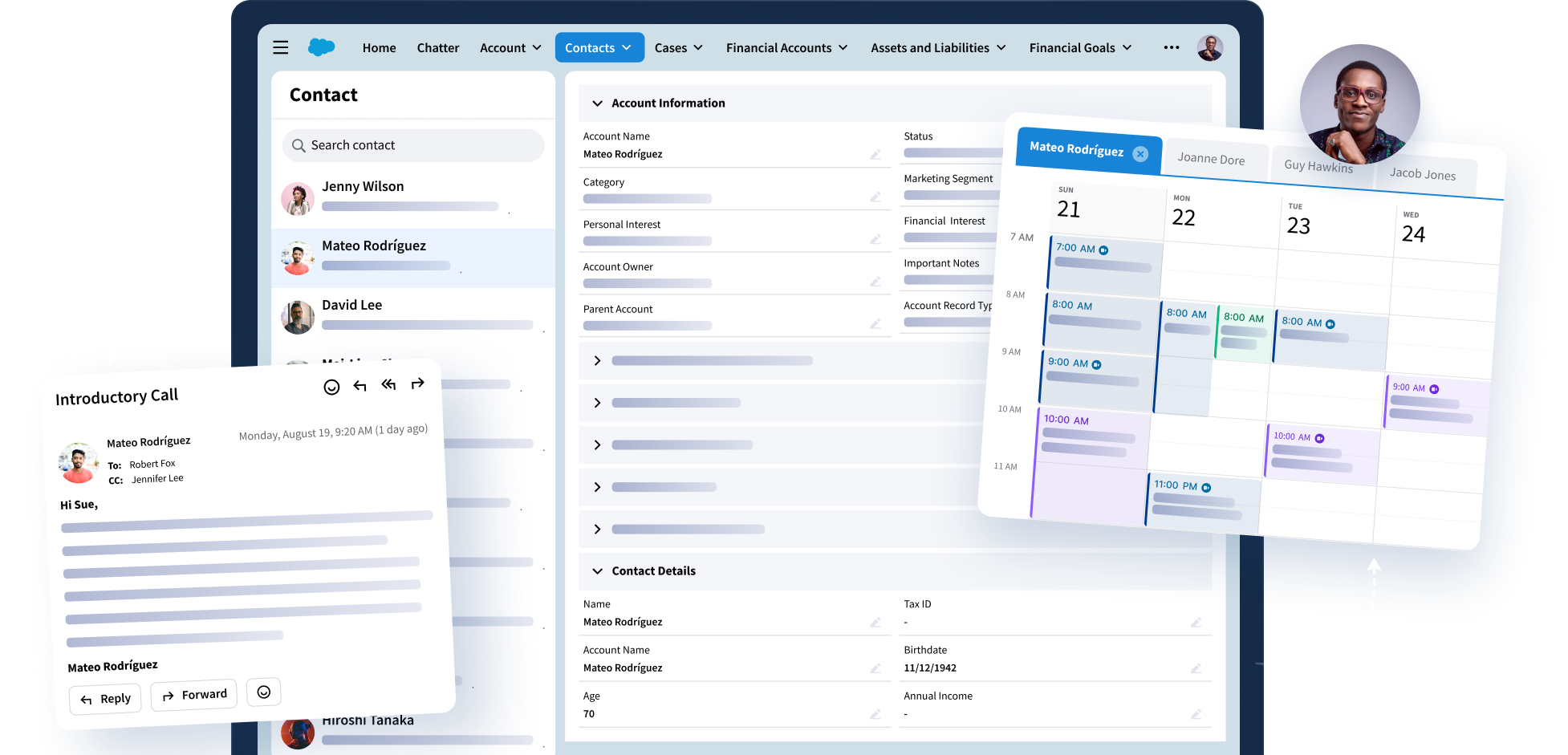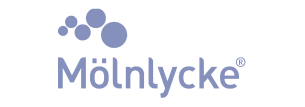Background
Faced with the imminent retirement of Salesforce’s Lightning Sync option, this leading global insurance, professional service, and risk management provider recognized the opportunity for change. For several years, they had relied on Salesforce Lightning Sync to funnel Outlook email, calendar, and task data to Salesforce.
Initially, Lightning Sync had met their base requirements. But over time, the power, value, and potential of accurate and complete customer data became increasingly clear — the company recognized a growing number of weaknesses in Lightning’s performance. While it did provide simple data integration capabilities between Outlook and Salesforce, in addition to its lack of flexibility, it typically overlooked data entry errors, omissions, and duplications. As a result, data ported from Outlook to CRM by Lightning was often unreliable — leaving producers and advisors reluctant to rely on it to inform their customer engagements.
From the company’s perspective, Lightning’s retirement wasn’t as much a challenge as an opportunity for improvement. So, taking a page from its own book as a problem-solver for its clients, the company began its search for a replacement.
Challenge
As a professional services firm offering insurance brokerage and risk management solutions, risk awareness and management informs every aspect of their business. The value of the products and solutions they market depends on the secure gathering of customer data, compliance, retention, and use. For years, the company’s use of Lightning had required exceptional measures to monitor errors, duplications, and omissions that occurred when newly gathered customer data was transferred from email, calendar, and contacts to Salesforce. Those errors, if overlooked, represented impediments to the ability to effectively monitor customer data — and increased potential risks to its safe and compliant use.
In addition to Lightning’s security and compliance concerns, its inability to support data quality had a direct impact on data trust. As a result, advisors and sales team members lacked confidence in Lightning’s ability to accurately channel and govern data from Outlook to Salesforce. This caused CRM adoption rates to remain low — hindering Salesforce’s promised potential to serve as the “single source of customer truth,” capable of delivering comprehensive, current, relevant, and trustworthy customer 360.
As a result, advisors and sellers were slow to let go of old habits. So, while Lightning should have encouraged end-users to no longer have to do mundane tasks like application switching and manual dual-entry data transcription, workers ended up having to continue those practices. This caused frustration, created a lack of satisfaction with their systems, and wasted valuable time and effort that would have been better spent on customer engagement. Customer-facing staff and the CRM team wanted to move beyond having to deal with the profusion of customer data errors, omissions, and duplications that reduced data quality and data trust in the first place.
From the perspective of the decision-makers, the new solution had to address all these issues — from security and compliance to adoption and productivity. With that understanding in place, the objectives were clear, the search was on, and the bar was set appropriately high.
Solution
During the search process, the research team cast a wide net. Early in that process, an industry colleague recommended Riva as the solution based on how it had proven to be enormously effective in their environment as a means to seamlessly and accurately relate data captured by advisors from their Outlook email, calendar, and contacts to Salesforce.
Unlike Lightning Sync, Riva uses pass-through technology that transfers sensitive customer data without retaining it. This “simple” differentiator was critical because it significantly reduced exposure to potential data breaches while satisfying regulations that prohibited unnecessary customer data sharing and retention.
What’s more, Riva’s automated, AI-enhanced technology is designed to review transferred data for errors, omissions, and duplications — and to eliminate those data quality inhibitors before they make their way into the customer histories preserved in Salesforce. With those seemingly simple steps, Riva promised significant improvements in customer history data quality and reliability. Over time, that “simple” change promised to meet a key requirement – boost end-user data trust and encourage users to embrace Salesforce as their single source of customer truth — and reliable customer 360.
The company also recognized that increased end-user data trust — and Salesforce adoption — would eliminate the need for end-users to rely on old, time-wasting data double-entry and transcription activities. By eliminating this step, Riva promised not only to reduce customer data errors, omissions, and duplications but also to recover hundreds, even thousands of hours of advisor and seller time, helping to increase their job satisfaction and productivity while improving customer relationships and lifetime value.
As the company reviewed other Lightning alternatives, including third-party and Salesforce-native activity capture platforms, the list of potential solutions narrowed. After several months of in-depth due diligence, this global benefits provider circled back to its first impulse — and selected Riva as Lightning’s successor.
Results
The company’s initial Riva deployment targeted a group of 650+ customer-facing Salesforce users. Over the course of their first year with little to no change in how advisors and sellers carried out their daily activities, Riva helped the group tally more than:
- 35,000 new or updated emails
- 300,000 new or updated contacts
- 840,000 new or updated calendar events
The company conservatively estimated 60 seconds of user time savings for each email, contact, and event created or updated. Those efficiencies reflected data entry and processing time savings realized through increased CRM adoption and the elimination of manual data transcription. This resulted in significant improvements in the quality of customer data available through CRM and steadily increased end-user data trust. Over the course of 12 months, the company’s calculations demonstrated:
- Time savings of more than 1,600 end-user hours per week
- Annual time savings exceeding 85,000 end-user hours per year
- Productivity savings of $297,000+ per week (assuming an all-in worker cost/hour of $186)
- Annual productivity savings exceeding $15 million per year
The company’s careful evaluation of Lightning alternatives and choosing to implement Riva had, in short, paid enormous dividends. And while the quantifiable savings in lost worker productivity costs and hours alone more than justified the Riva investment, it’s the less measurable, less-tangible returns — including advisor and sales team job satisfaction and retention, customer engagement quality, customer satisfaction, and revenue growth — that further amplified Riva’s value to employees and to the enterprise.
Today, the company’s relationship with Riva remains strong. And given Riva’s ever-improving, ever-growing activity capture options, flexibility and new sales engagement capabilities, opportunities to grow the partnership abound.
Curious how Riva can help your organization? Learn more about the ROI of implementing Riva.










